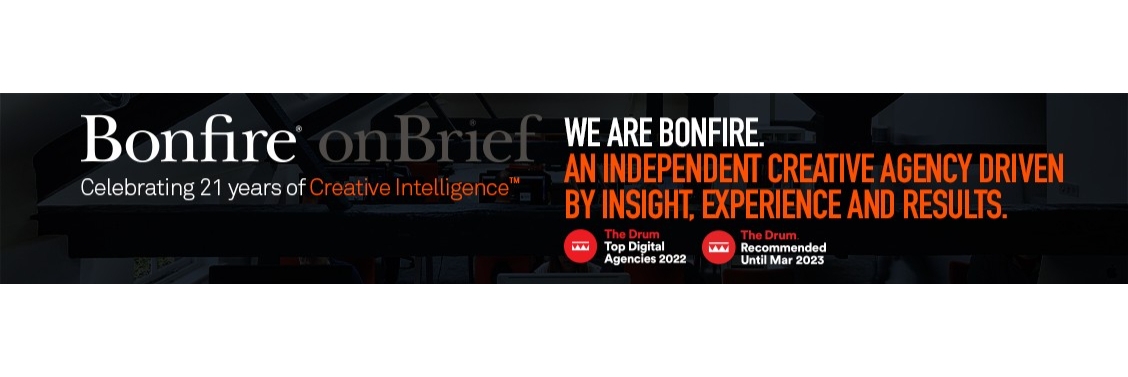A strong and memorable name can add great value to a brand or business, so it's important to make sure you are safe to use it. This need not be a complicated process and everyone has access to the free tools, detailed below, to get on the right track and start on a sure path.
At Bonfire we do this as basic due diligence and so should any agency worth its salt when looking at naming options for you. It's what you pay for.
Although trademarking your name is not a legal requirement, it is good business practice. In most developed or developing countries there are trademark registers. Owning a trademark will protect your right to use your registered name, within your chosen service/product categories, and the countries within which it is registered. So before you start trading under your great new name, and/or brand image, there are a few simple steps that you, or your agency partner, should take.
1. Search Companies House
You can obtain basic information on any registered company in the UK for free on the Companies House website. You will quickly find any companies operating under the same or similar names as the one you're considering. Registering your company or product with Companies House does not mean it's trademarked however so don't leave it there. You have to have the same trading name as your registered company name, so don't be put off if the name is already in use.
www.beta.companieshouse.gov.uk
2. Google It
An internet search should throw up any companies using the same/similar name(s). Make sure to try variants in spelling and sound (e.g. graphics/grafix, their/there) to cover as many bases as you can. Don't stop at the first page, we'd advise always covering the first 3-5 pages of results as an initial test.
3. Do a domain name check
Check domain name registrars for available domain names, and don't get hung up on just the word as there will be every chance this will be taken. Try adding words to increase your chances (e.g. Bonfire.com/Bonfirecreative.com). Try and get a top level domain wherever you can such as .co.uk, .com or .net - and don't get hung up on crazy stuff like .ninja, remember you'll have to live with it for a long time. Just because a domain is registered though doesn't mean it's being used. Visit and check it out as it may be possible to buy it. Most registration companies have a buying service and will negotiate with an owner on your behalf. For just a few hundred pounds you could get the one you want. Haggle hard though, set a limit and stick to it. There are many sites out there but as a start you could try.
4. Check UK trademark register
The UK Intellectual Property Office offers a free service in the UK that allows you to search for any UK, EU or Global trademarks that are registered and protected for use in the UK. Trademarks are registered for use in specific product/service classes, so check the details of any registered names against the classes within which you wish to register. Advice on what classes you need to consider are also freely available online.
5. Don't take any chances
These checks are free and, while not totally bulletproof, should give you a good indication of your position and enough information to get you started. To be really safe, make sure you work with experts to help you and do think about trademarking your name. We work with a number of trademarking specialists, whom we brief on your behalf as part of a more detailed process, to carry out deeper paid legal searches and ultimately registration.
Need more than UK?
Then think bigger and call in the specialists sooner as you'll need trademark searches in every country within which you wish to trade. These are not free and also take into consideration many other factors like language and meaning.



